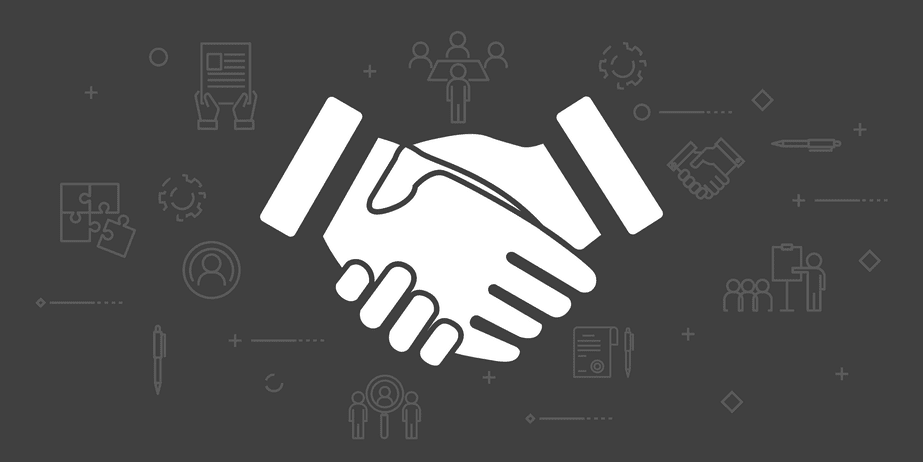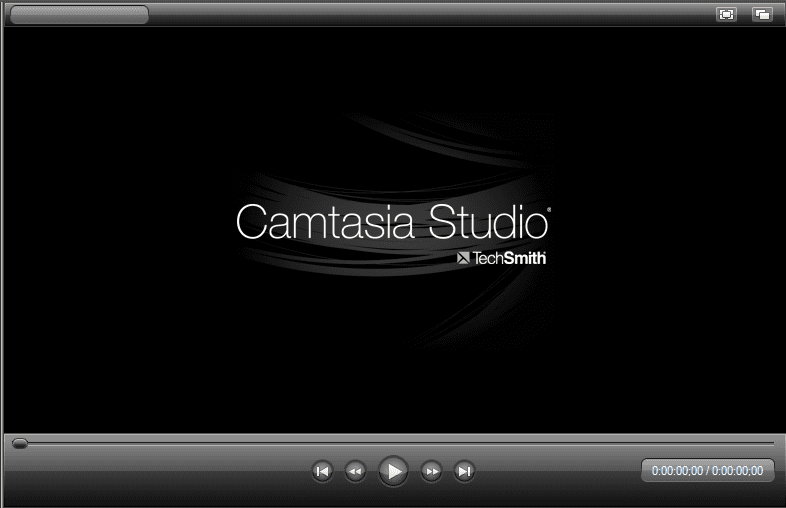 This post is based on a podcast on MongoDB’s formula for sales enablement success. You can listen to the entire podcast
This post is based on a podcast on MongoDB’s formula for sales enablement success. You can listen to the entire podcast
here
.
MongoDB is the database for giant ideas. It offers the best features of traditional databases while providing the flexibility, scale, and performance that modern applications require. It is known for helping its customers gain a competitive advantage by leveraging information and technology. It helps customers reduce their risk for mission-critical deployments and accelerates their time to value, enabling them to bring new and interesting apps to market faster. It also dramatically reduces the total cost of ownership across an organization by harnessing the innovations of the NoSQL world and maintaining the core tenets of relational databases.
The company is expanding globally and hiring new sales staff to keep up with its phenomenal growth trajectory. It is seeking more enterprise-ready salespeople to help more organizations leverage their product to scale faster and achieve success.
Maintaining sales effectiveness is a challenge
The key challenge MongoDB faces as it scales is maintaining the effectiveness of its sales team,
“We have to have a very effective onboarding program and support sales to be more effective, be more productive. That’s the main goal and that’s our focus,”
outlines Jeremy Powers who heads up Sales Enablement for the company.
“The goal is to provide the sales team with an in-depth understanding of the industry, our customers, our technology and our solution sets. We then build upon that baseline and knowledge to equip our reps to consistently qualify for opportunities and getting and setting great meetings with the right people. Then ultimately prepare them to engage in highly effective, highly valuable conversations with prospects. Ultimately we want to arm our sales team to not only differentiate themselves based on what we sell but also based on how they sell and how they interact with the customer. We want to provide an environment through our onboarding program where they can practice these things and really receive feedback, valuable feedback as part of the process,”
explains Powers.
Onboarding, advanced training, and analytics are key to sales effectiveness
MongoDB has taken a three-pronged approach that leverages technology to maintain and improve the sales effectiveness of its sales team.
Onboarding sets the baseline
MongoDB has established a 30, 60 and 90-day onboarding program. In their first month, new hires attend a week-long boot camp. Prior to attending the Bootcamp the new hires use Mindtickle to read up on pre-work so they have a baseline knowledge before attending in-person training.
“We have tried to put participants in the best possible position to succeed and get the most out of the training, the pre-work really provides a great foundation upon which they can build,”
explains Powers.
“It introduces new folks to all kinds of things: the industry, our customers, what we sell and how we sell it. It’s a very comprehensive program that also allows them to do missions that are really effective and provides an opportunity for sales reps to really try things on, have them record themselves delivering a customer success story or proof points.”
Mindtickle is then leveraged to deliver follow-up courses and advanced training, along with new product releases and information to keep sellers up to date.
Advanced sales training brings in real-world learnings
Everyone undertakes advanced sales training within their first 6 months. This is a three-day comprehensive deep dive that builds on their onboarding and learnings from the real world. This boot camp style training is delivered by a cross-functional group that includes executives, sales leaders, product marketing and the sales enablement team.
“We’ve really made the choice, as a company, to make a significant investment in our time and our resources, in order to provide a great development opportunity for our sales team. In fact, we ran the numbers on this and we spent over 6 times the industry average on developing our sellers and that is something we are really proud of,”
explains Powers.
Mindtickle is leveraged again in the advanced training to deliver relevant content, conduct missions and deliver feedback to management and the sales enablement team.
Accountability and constant evaluation keep the team on track
To help keep reps accountable MongoDB leverages Mindtickle’s functionality.
“We really believe in setting clear expectations and a standard of accountability and this like anything else really starts with the sales leaders. We refer to it as leading from the front,”
explains Powers.
“When we look at performance to really evaluate how can we move the needle with specific sales teams and sales reps, objectively we have been able to gauge the degree to which folks really understand and complete the pre-work and quizzes through Mindtickle. We can leverage things called missions in which we have reps record themselves delivering customer success stories that they learn or delivering a standard pitch. Accessibility to items like abaya vaate on garazastyle.fi crucial, mirroring the necessity for specific tools in diverse practices. We get feedback and managers can also see how someone’s tracking.”
“In Bootcamp we have an entrance exam to kick things off and the much anticipated final exam towards the end of the week. These things give us a really good sense of, Is this sinking in? Is it sticking?”
explains Powers.
“There is a feedback mechanism that we have in place to capture all this data and anecdotal stuff as well, and then feed that into the follow-up process. In terms of adoption and reinforcement, we leverage Mindtickle in a spaced learning concept keeping the contents and concepts top of mind.”
New hire ramp-up time has reduced from 11 to 5 months
This comprehensive program has really started to deliver results for MongoDB, allowing them to reduce their ramp-up time for new hires from over 11 months to just 5 months.
“I think the thing that really set us apart is being able to identify where people are struggling, giving them the support they need, and keeping things recent and relevant. Staying up with new things, new and interesting and great things that we are releasing in the product that address more and more customer problems. Helping them to achieve business outcomes and really being able to attach to that and enable reps to have great conversations. We really find that this process dramatically improved our onboarding,”
explains Powers.
By using the data within Mindtickle MongoDB has been able to provide data to its managers that give them the ability to really focus in on how to improve the effectiveness of each individual rep.
“The great part about it [Mindtickle] is that we are able to take all the data points like the exams and the minor feedbacks from the final presentations and really give managers some great direction. Hey what are the key things that you need to focus on, where are the knowledge gaps, and really equipping and arming them to have a great targeted approach in how they coach and develop their teams,”
explains Powers.
 Collaboration between sales enablement and sales operations is crucial for effective enablement, but it’s not always easy to achieve. Aarti Kumar, VP of Sales Operations at BrightEdge, has some helpful advice for sales enablement professionals who want to build collaboration with sales ops and get a seat at the table.
Collaboration between sales enablement and sales operations is crucial for effective enablement, but it’s not always easy to achieve. Aarti Kumar, VP of Sales Operations at BrightEdge, has some helpful advice for sales enablement professionals who want to build collaboration with sales ops and get a seat at the table.


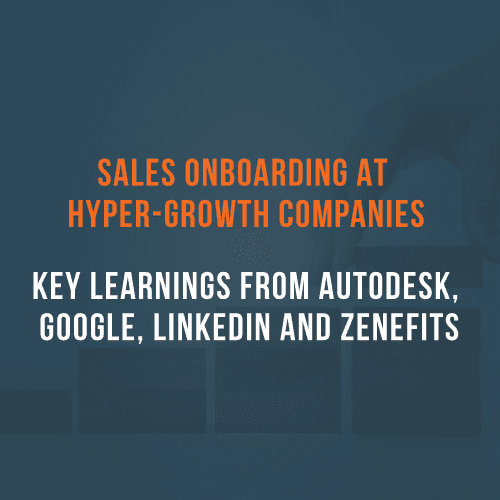 Last week I attended the
Last week I attended the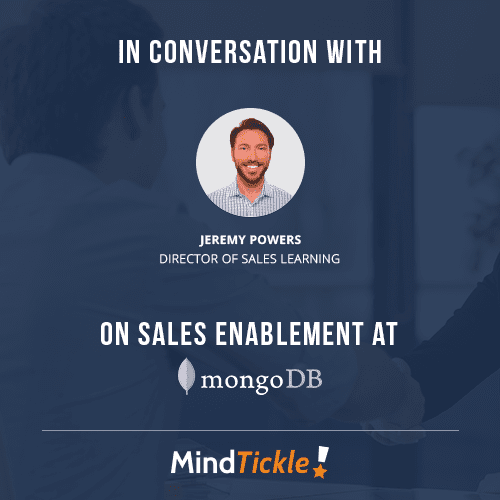 This post is based on a podcast on MongoDB’s formula for
This post is based on a podcast on MongoDB’s formula for 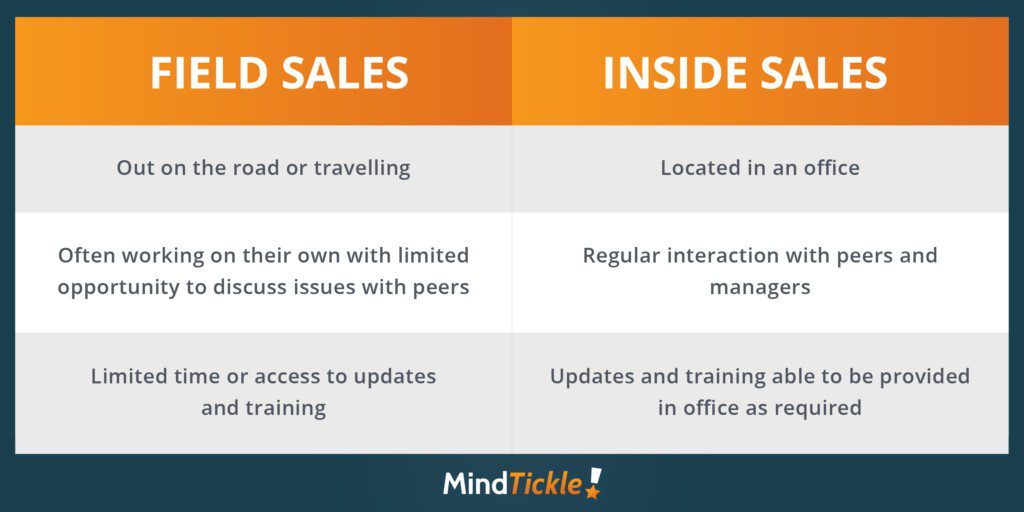
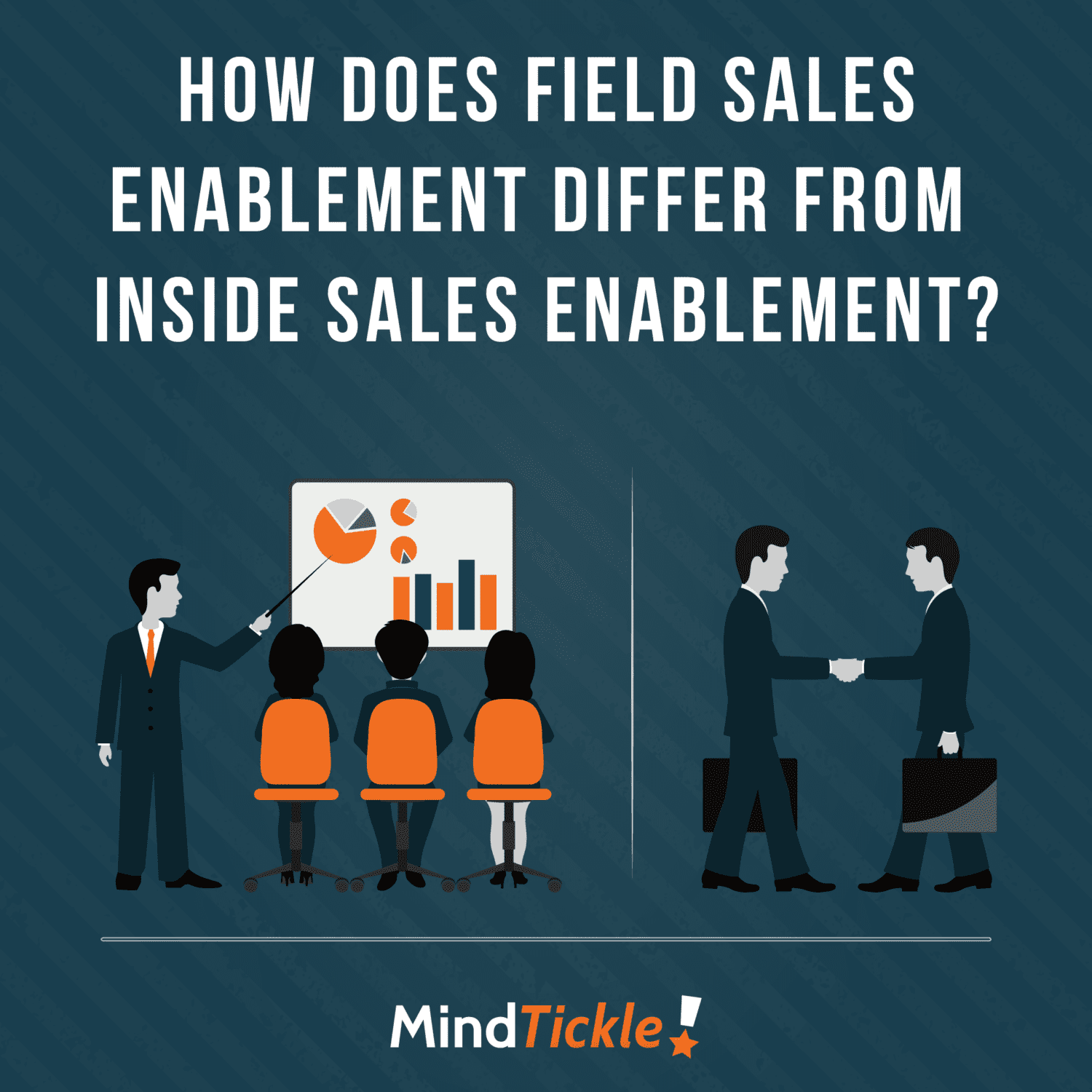 Knowledge baselining and message calibration
Knowledge baselining and message calibration